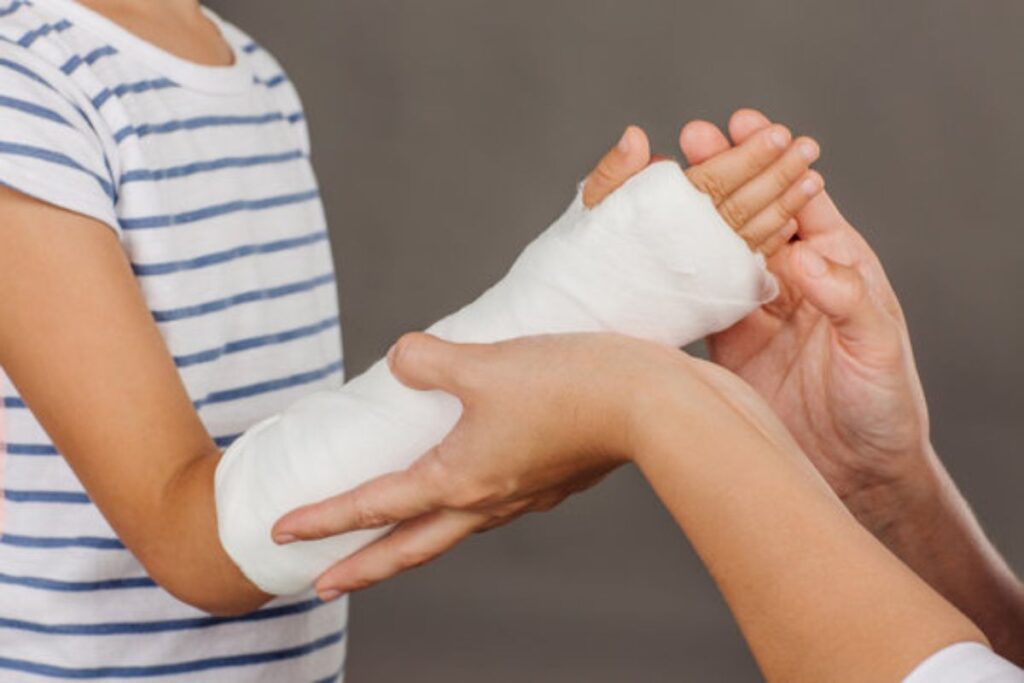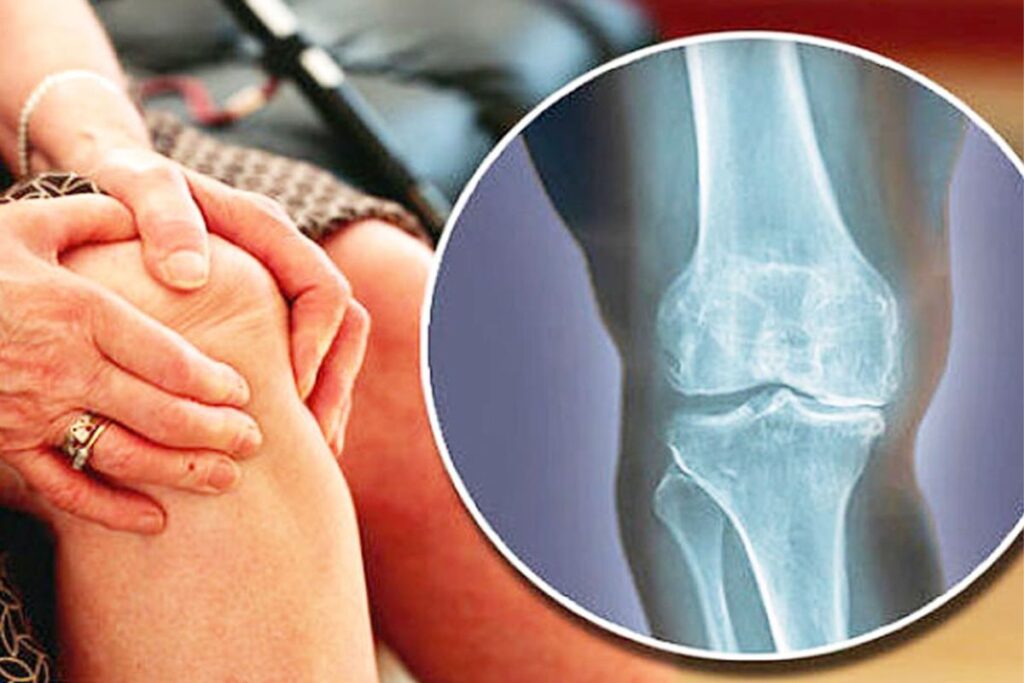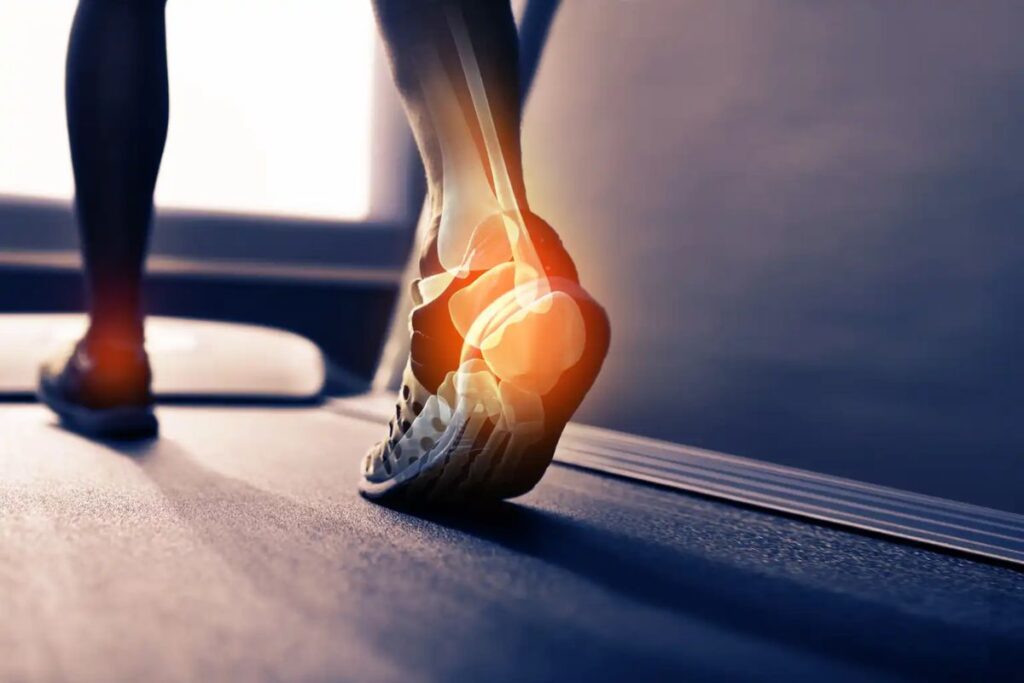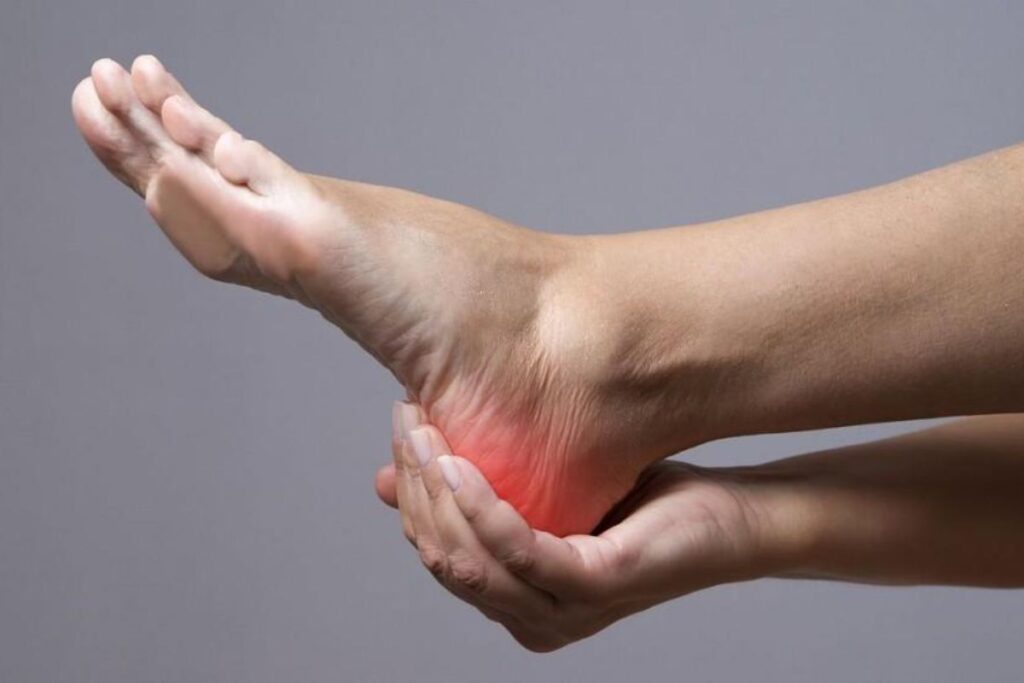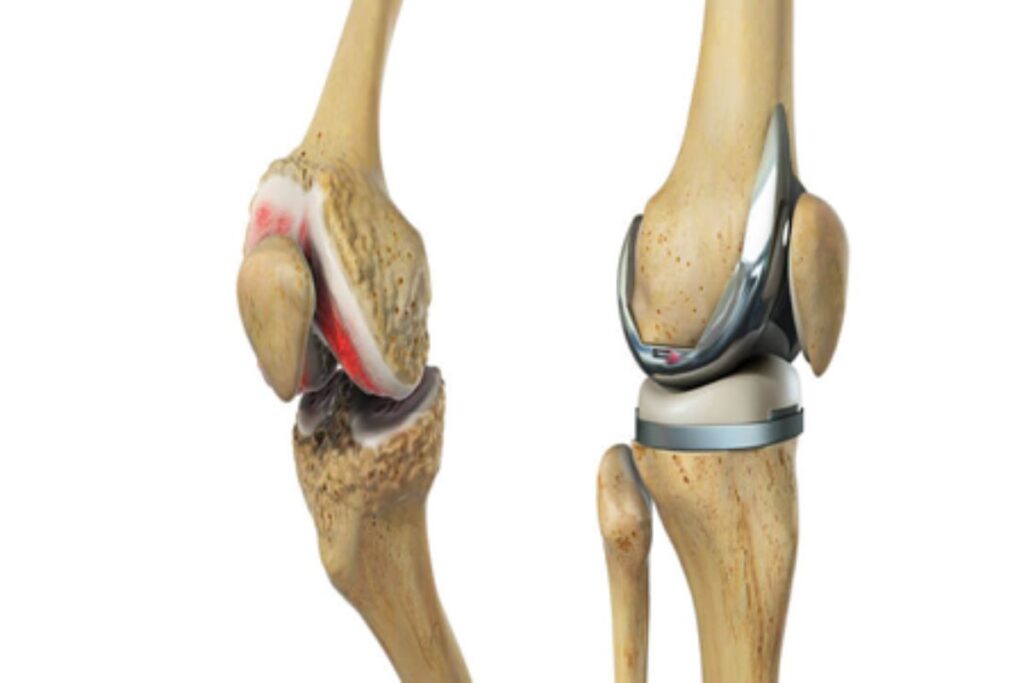Mini-Invasive Orthopedic Surgery
In minimally invasive surgery, doctors use a variety of techniques to operate with less damage to the body than with open surgery. Over the past few decades, minimally invasive surgery has become increasingly common across all medical specialties and the orthopedics field is no exception. Performing orthopedic interventions with reduced trauma to soft tissue is considered a way to shorten recovery time and improve surgical outcome. Keeping up to date with the latest treatments, most of our minimally invasive operations can be done in a “day-surgery” or overnight stay setting. Rarely do we require casts for months on end to treat fractures. Minimally invasive surgery is the wave of the future and it’s going to be exciting to see where it will be in the next 10-20 years with new technologies on the rise.
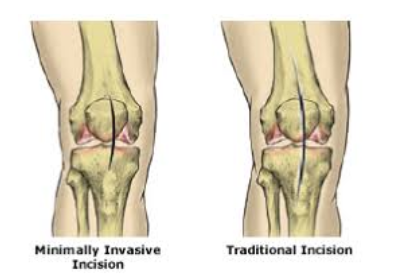
Advantages of Minimally Invasive Orthopedic Surgeries Are
- Less Tissue Trauma – Muscles And Tendons Are Avoided Or Separated, Not Cut
- Faster And Less Painful Rehabilitation
- Smaller Incisions And Less Scarring
- Shorter Hospital Stay – 1-2 Days (Vs. 3-5 Days); Some Patients Go Home In Less Than 24 Hours
- Faster Return To Routine And Daily Activities
Blogs
FAQs
How do I keep up my Orthopedic Health?
Simple dietary and lifestyle adjustments can help you prevent significant orthopedic issues. Avoid engaging in repetitive motions that strain your joints, such as deep knee bends. Regularly visit the doctor. A wonderful strategy to monitor your orthopedic health is to see your primary care physician annually. This is crucial for older adults since they are more prone to get injured and develop arthritis.
What is Arthritis?
The definition of arthritis is “joint inflammation.” More than 100 rheumatic diseases and other ailments that cause joint pain, stiffness, and swelling are together referred to as arthritis.
In addition to gradually deteriorating our bones, tissues, and joints, rheumatoid arthritis also harms the lining around our joints.
Osteoarthritis, a disorder that worsens with time and is frequently found in the hip, knee, and spine, slowly destroys the cartilage that surrounds the ends of bones.
What causes Arthritis?
Arthritis is a degenerative condition where the articular cartilage that protects the ends of bones begins to break down over time, much as how the treads of your tires wear down over time. Arthritis can have a variety of reasons. An estimated 30–40 million Americans suffer from arthritis, and the majority of these tears are brought on by degenerative arthritis (osteoarthritis). Rheumatoid arthritis with inflammation affects 2–3 million Americans. One of the main causes of arthritis in younger people is trauma to the knee. Most frequently, arthritis worsens with age.
After having a minimally invasive partial knee replacement, may I resume my typical activities?
Once they have recovered sufficient strength and flexibility and their orthopaedic surgeon has given them the all-clear to start routine activities, the majority of patients can resume normal activities after partial knee replacement. Running, jumping, and twisting are all repetitive joint jarring activities that should be avoided. Many patients have resumed their previous hobbies after partial knee replacement surgery, including gardening, swimming, golf, and doubles tennis.
